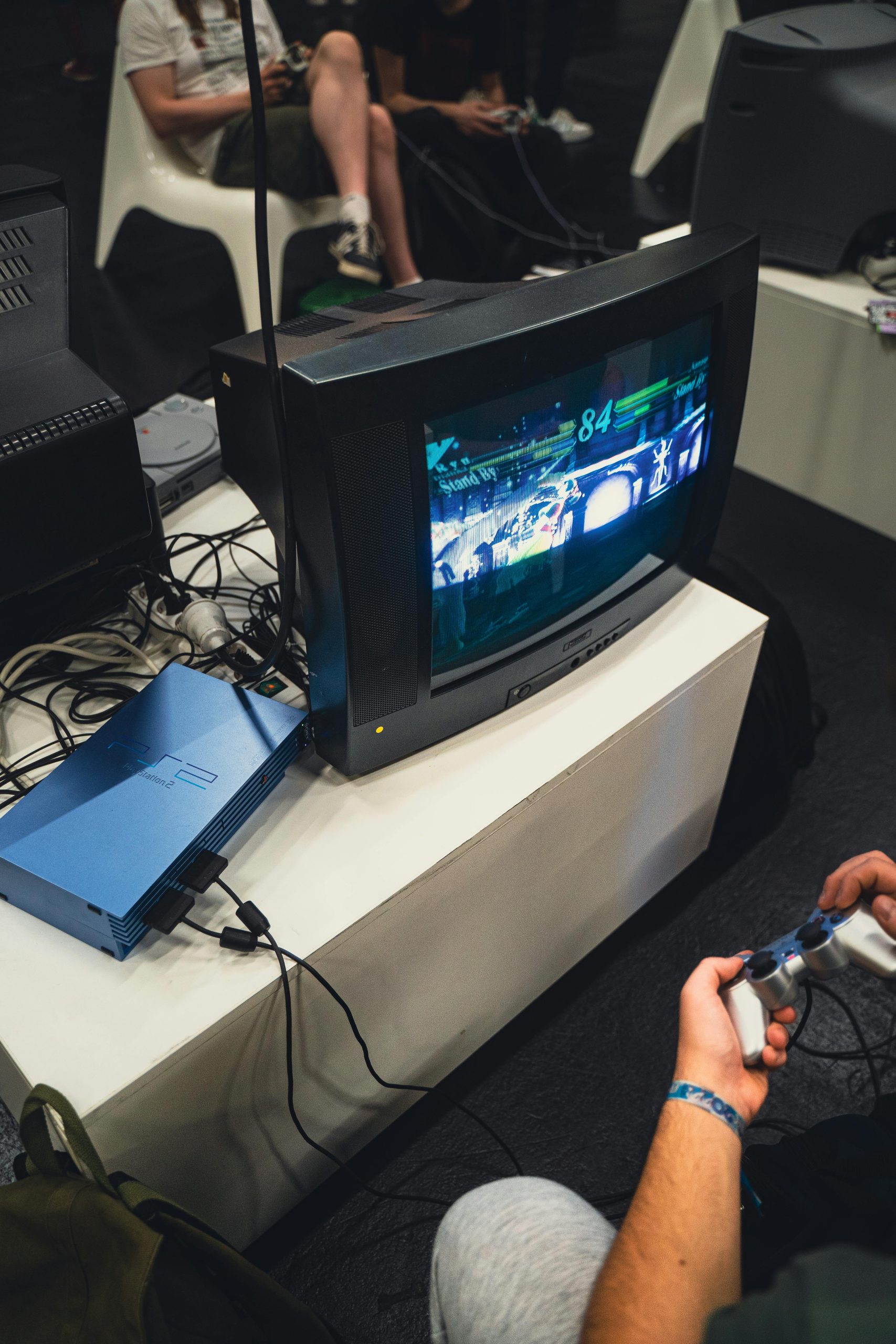Troubleshooting HDMI Connectivity Issues Between MSI Cyborg 15 A13V Gaming Laptop and External TV
If you’re experiencing difficulties in connecting your MSI Cyborg 15 A13V gaming laptop to your TV via HDMI, you’re not alone. Many users encounter compatibility or display detection issues, especially when dealing with multiple resolutions and refresh rates. This guide provides comprehensive steps to troubleshoot and resolve common HDMI connection problems on your gaming laptop.
Understanding the Scenario
In this particular case, the user is attempting to connect an MSI Cyborg 15 A13V gaming laptop to a 4K TV that supports only 60Hz. The laptop can output at 144Hz at 1080p resolution, but the user has tried to match the display settings to 60Hz for compatibility. Despite these efforts, the display detection appears inconsistent, with the system recognizing the TV as “Display2” and referencing “UHD intel” instead of the NVIDIA GPU, leading to flickering, black screens, and cycling display issues.
Step-by-Step Troubleshooting Guide
-
Verify Physical Connections
-
Ensure the HDMI cable is securely connected to both the laptop and the TV.
- Test the HDMI cable on another device to confirm it is functioning correctly.
-
Use a high-speed HDMI cable rated for 4K and high refresh rates if possible.
-
Set Correct Display Settings
-
Open Windows Display Settings:
- Right-click on the desktop and select “Display settings.”
- Detect Displays:
- Click on “Detect” to let Windows identify connected devices.
- Adjust Resolution and Refresh Rate:
- Select the external display (likely labeled as Display2).
- Set the resolution to 3840×2160 (4K).
- Set the refresh rate to 60Hz.
-
Avoid mismatched settings that the TV cannot support, as this can cause flickering or black screens.
-
Use Graphics Utility Software
-
NVIDIA Control Panel:
- Right-click on the desktop and select “NVIDIA Control Panel.”
- Under “Display,” click “Change resolution.”
- Select your external display.
- Confirm that the resolution is 4K and refresh rate is 60Hz.
- Apply changes.
- Intel Graphics Settings:
- If integrated graphics are managing the display, open Intel Graphics Command Center or Graphics Control Panel.
-
Ensure the display is configured correctly, matching the monitor’s capabilities.
-
Update Drivers and Firmware
-
Graphics Drivers:
–
Share this content:

